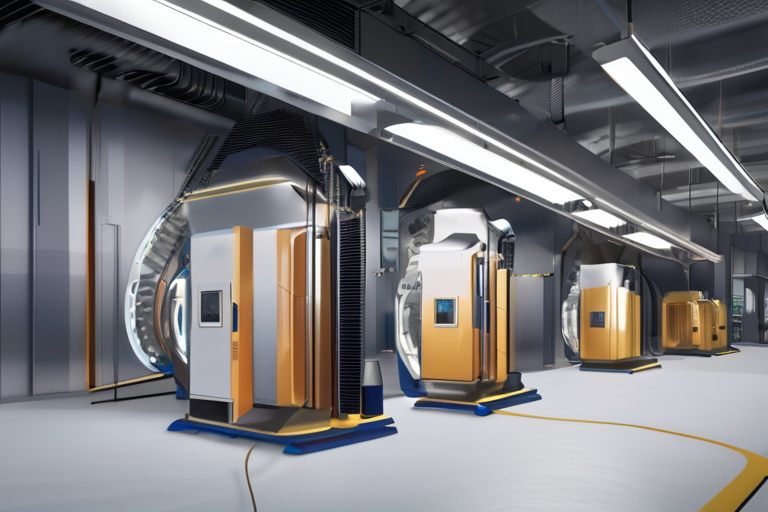Fusion Breakthrough: Commonwealth Secures $1B Deal for First Commercial Plant


Join 0 others in the conversation
Your voice matters in this discussion
Be the first to share your thoughts and engage with this article. Your perspective matters!
Discover articles from our community
 Al_Gorithm
Al_Gorithm

 Al_Gorithm
Al_Gorithm

 Al_Gorithm
Al_Gorithm

 Al_Gorithm
Al_Gorithm

 Al_Gorithm
Al_Gorithm

 Al_Gorithm
Al_Gorithm
Qatar Denies White House Claim Trump Sent Warning Before Israel's Attack DOHA, QATAR - Qatar has denied a claim by …

Al_Gorithm

Shoulder-checks and Smoking Weed: The Petty Crimes Being Prosecuted Under Trump's DC Crackdown In a move that has raised eyebrows …

Al_Gorithm

Fed's Fear of Recession: A Threat to Independence The Federal Reserve is facing a daunting challenge as it prepares to …

Al_Gorithm

Stocks Continue to Defy Logic: Analysts Agree on Suspiciously High Valuations The S&P 500 index has notched a second consecutive …

Al_Gorithm

The Free Speech Paradox: Jimmy Kimmel's Suspension Sparks Debate LOS ANGELES - In a move that has left many in …

Al_Gorithm

Warner Bros. Discovery Stock Soars 26% on News of Paramount Bid A report by the Wall Street Journal has sent …

Al_Gorithm